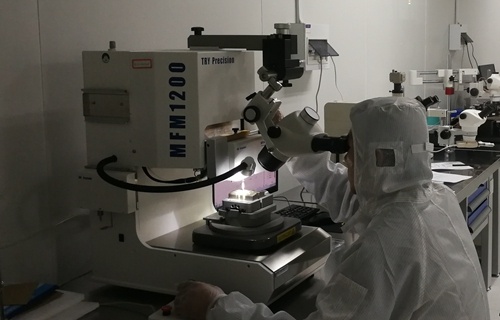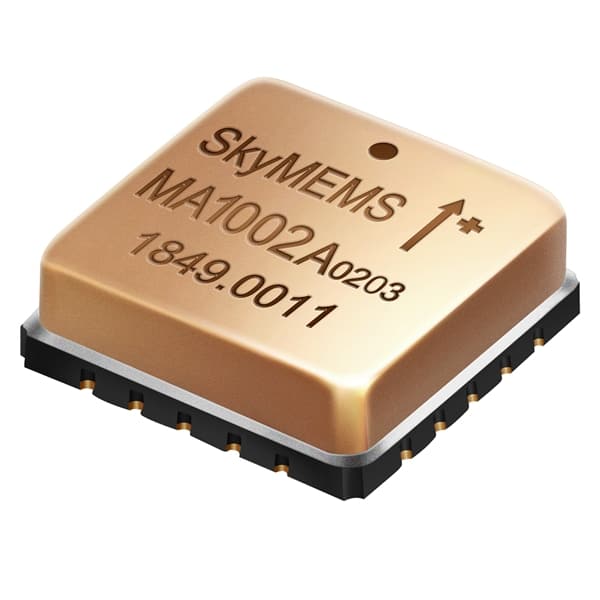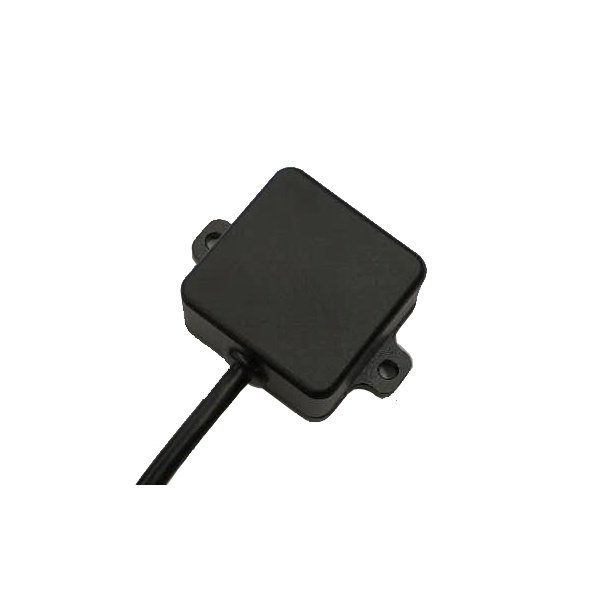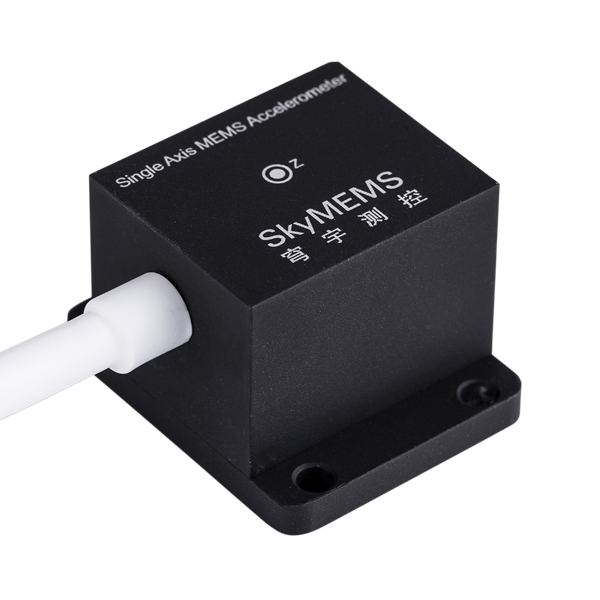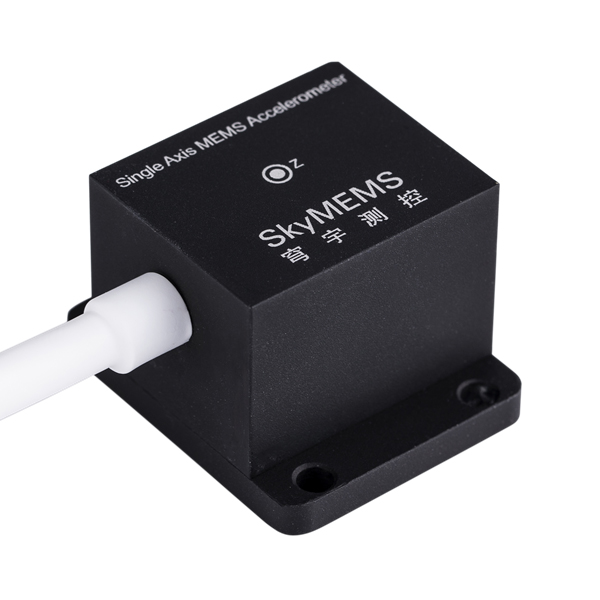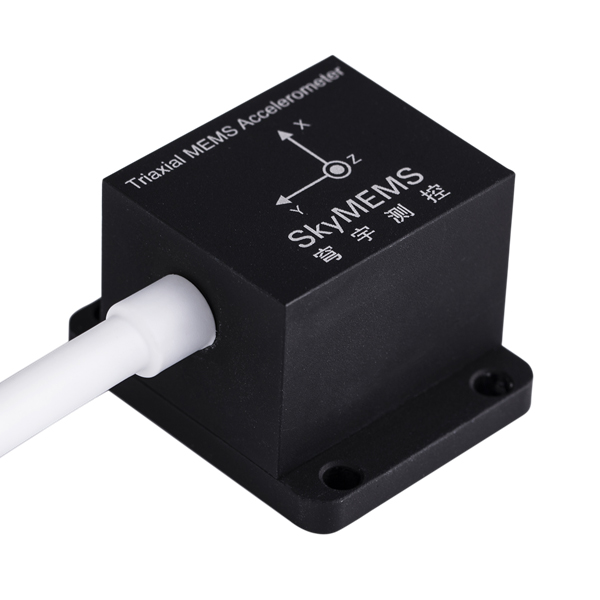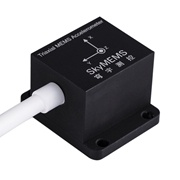Fiber optic gyroscopes (FOGs) are a type of angular velocity sensor that has been widely adopted in various industries, including aerospace, defense, and transportation. They utilize the Sagnac effect to detect angular rotation and provide accurate measurements of motion, making them ideal for applications such as navigation systems, platform stabilization, and tactical guidance.
To ensure optimal performance, FOGs require regular calibration. In this article, we will discuss the calibration process for single axis fiber optic gyroscopes (SAFOGs), which are commonly used in aerospace and defense applications.
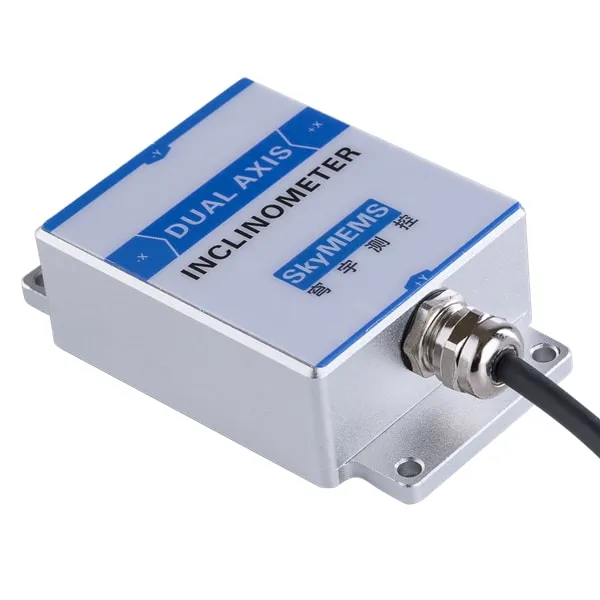
Calibration Overview
Calibration is the process of comparing the output of a measuring instrument with a known reference value to determine its accuracy. For SAFOGs from China factory, calibration is necessary because even minor changes in environmental conditions or manufacturing variances can impact their accuracy.
SAFOGs measure angular rotation around a single axis, meaning they have one sensing element that detects changes in rotational velocity. Calibration is important for ensuring that the output signal from the SAFOG accurately reflects the actual rotational velocity.
Pre-calibration Steps
Before starting the calibration process, several preparation steps must be taken. The first step is to ensure that the SAFOG is in a stable environment with a constant temperature and humidity level. Any changes in these parameters can affect the accuracy of the SAFOG, and therefore the calibration results.
Secondly, the input and output conditions of the SAFOG must be verified. This involves checking that the input voltage and current are within the correct range and that the output signal is properly connected to the measurement system.
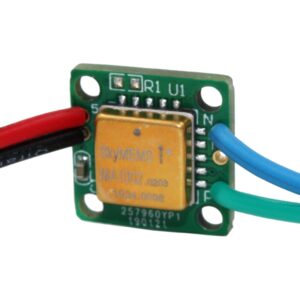
Calibration Techniques
There are two main techniques used in SAFOG calibration: open-loop and closed-loop calibration. Open-loop calibration involves rotating the SAFOG at a constant rate while monitoring the output signal. The signal is then compared to a known reference signal to determine the SAFOG’s accuracy. Closed-loop calibration involves using a feedback loop to stabilize the rotational rate, which allows for more accurate calibration.
Open-loop calibration is a relatively simple process and can be performed quickly. However, it may not be as accurate as closed-loop calibration, which can take longer to perform but provides more precise results.
Steps Involved in the Calibration Process
The calibration process for SAFOGs typically involves several steps. The first step is to establish a baseline measurement of the SAFOG’s output signal with no input rotation. This is known as the bias offset, and it represents any static errors in the SAFOG.
Next, the SAFOG is rotated at a constant rate, and the output signal is measured. This measurement is compared to a reference signal to determine the scale factor, which represents the SAFOG’s sensitivity to rotational acceleration.
The third step is to measure the drift rate of the SAFOG. This is done by rotating the SAFOG at a constant rate for an extended period and monitoring the output signal over time. Any changes in the output signal represent drift error, which must be accounted for in the calibration process.
Once these measurements are complete, the bias offset and drift rate are subtracted from the output signal, and the scale factor is applied to obtain the calibrated output signal.

Challenges in the Calibration Process
Calibrating SAFOGs can be challenging due to several factors that can affect their accuracy. One critical factor is environmental conditions. Any changes in temperature or humidity can cause drift error or bias offset, leading to inaccurate readings.
Another challenge is instrument noise, which can interfere with the SAFOG’s output signal. This can be mitigated by using high-quality measurement equipment and filtering techniques.
Manufacturing variances can also impact calibration accuracy, as each SAFOG has slightly different characteristics. To address this, manufacturers often calibrate their SAFOGs individually before shipping them to customers.
Post-Calibration Testing
After calibration, it’s essential to test the SAFOG to ensure that it meets performance specifications. This involves subjecting the SAFOG to various rotational rates and comparing the output signal to known reference values.
If the SAFOG fails these tests, it may need to be recalibrated or replaced. Regular post-calibration testing can help identify any issues with the SAFOG early on and prevent costly errors down the line.
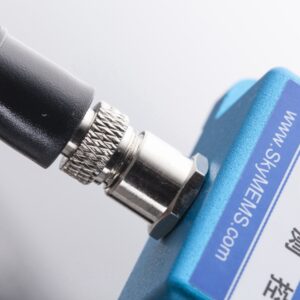
Conclusion
Calibration is a critical process for maintaining the accuracy of SAFOGs. By following the steps outlined in this article, manufacturers and users can ensure that their SAFOGs provide reliable and accurate measurements of angular velocity.
While calibration can be challenging due to environmental factors and instrument noise, regular testing and quality control measures can help prevent errors and ensure optimal performance. As SAFOGs continue to be used in various industries, proper calibration will remain a crucial aspect of ensuring their accuracy and reliability.

